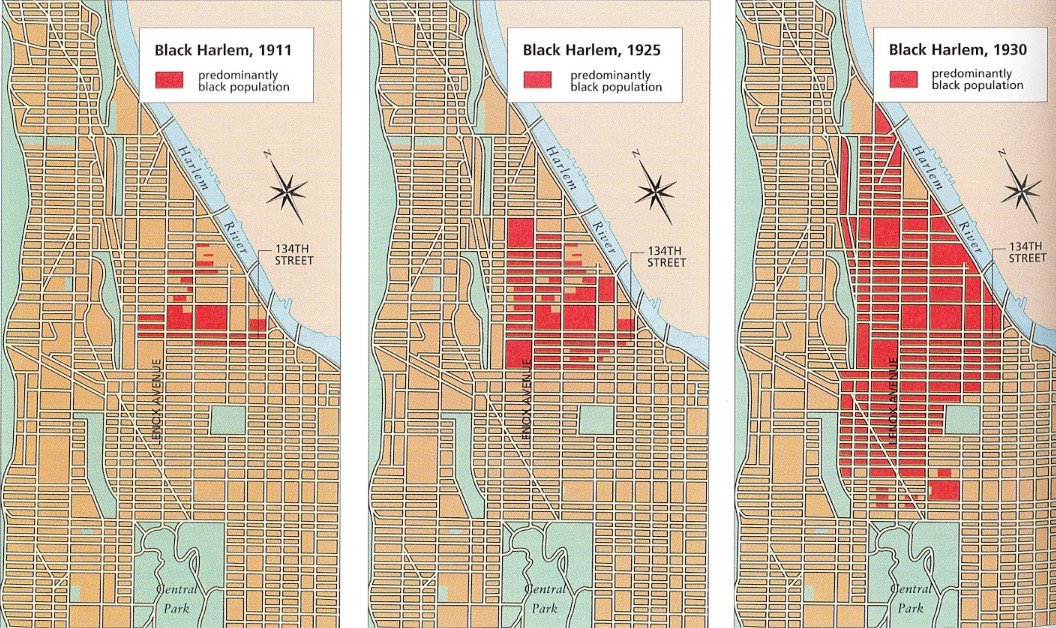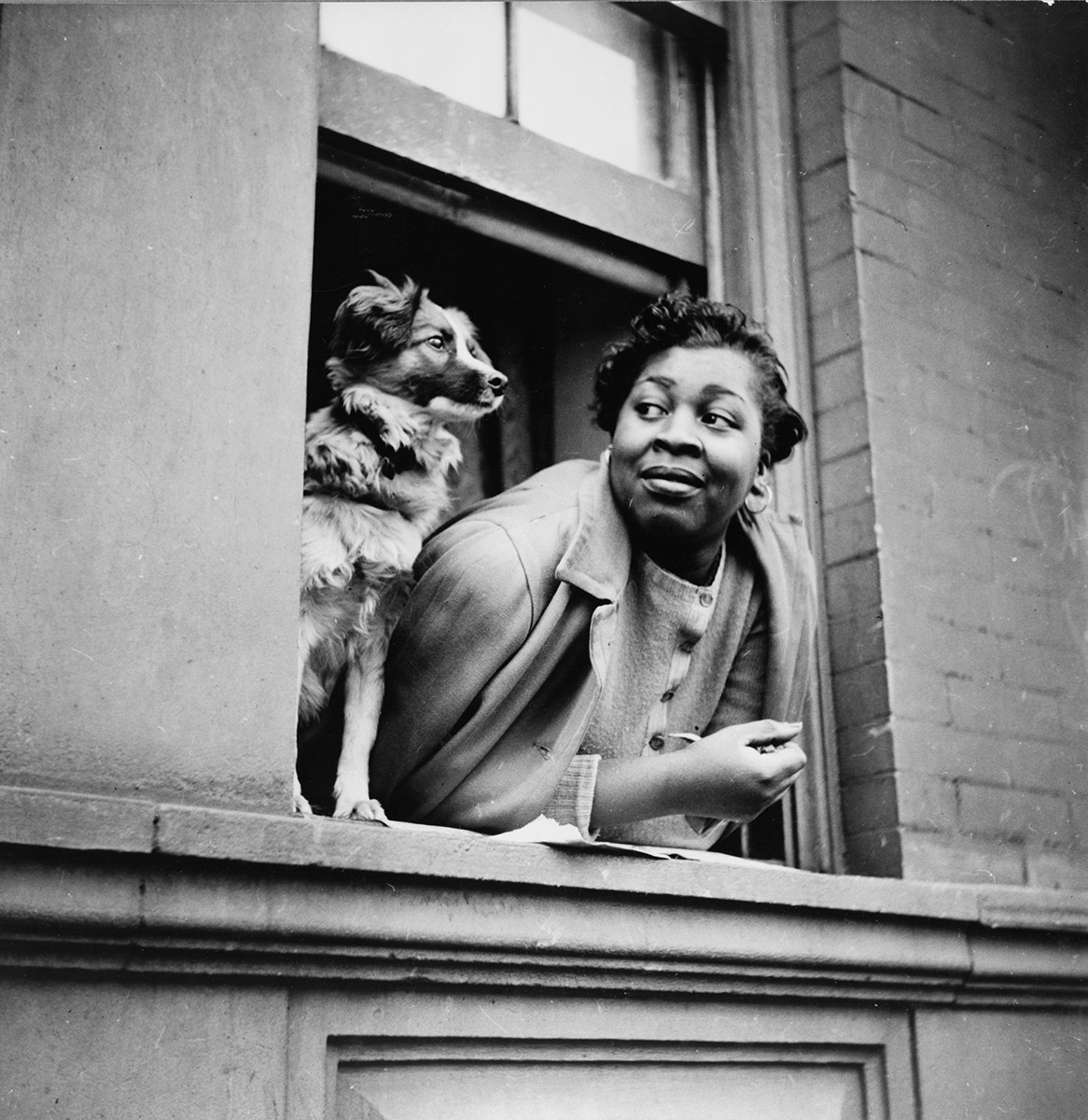
Harlem's Growth; Mapping America's Past.
Dubbed the 'black capital of America', Harlem became known as a cultural mecca. As the black population grew in the city, a flow of creativity blossomed into a movement called the Harlem Renaissance.
"Harlem throbbed with the excitement and energy of African Americans eager to express their talents, deep love and pride for their culture, and shrewd understanding of the turbulent racial times in which they lived."
~ Lean'tin L. Bracks, Black Women of the Harlem Renaissance Era
